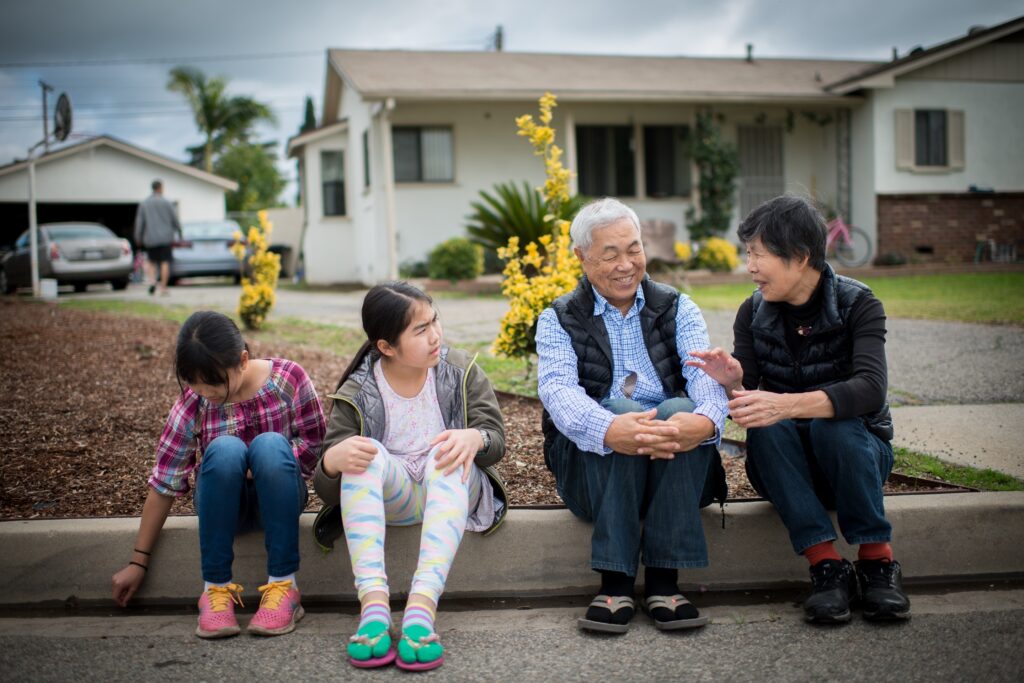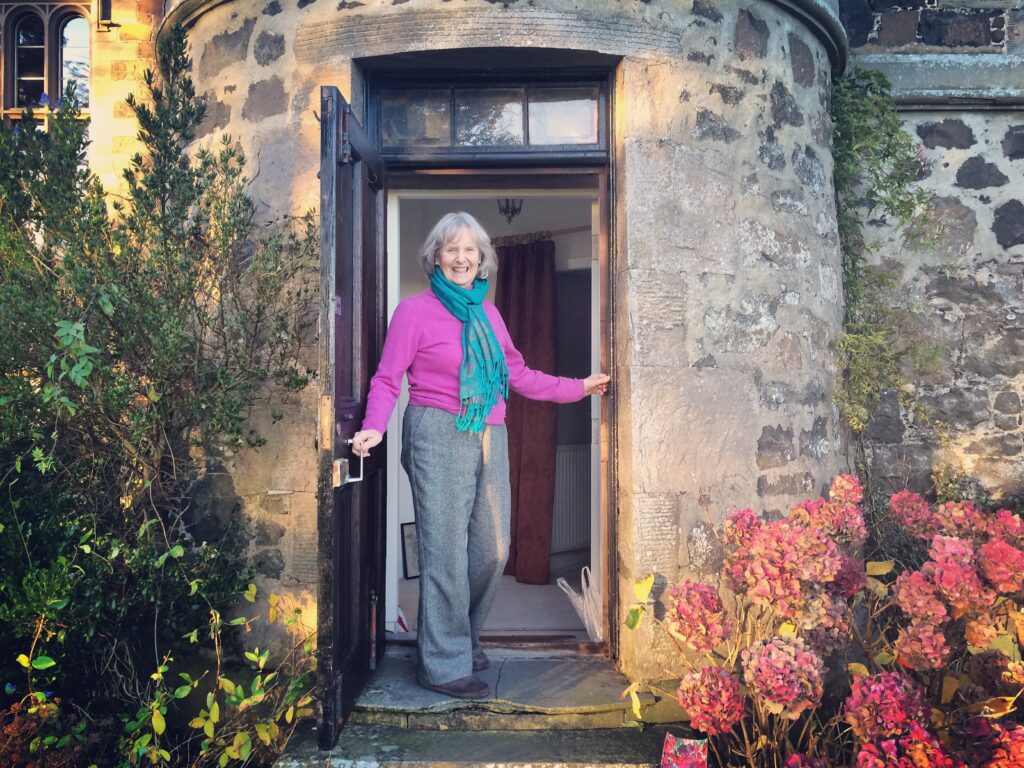The Baby Boomer generation—those born between 1946 and 1964—has always garnered a lot of attention in terms of its impact on American society, and for good reason. As the largest single generation in history, what the Boomers have done as a collective has had a significant impact on the rest of the nation. In a way, we can even thank this generation for planned communities and the rise of the suburbs as Boomers’ parents sought out new housing options for their growing families after World War II. This also meant more schools, shopping centers, and grocery stores—the earliest strip malls.
As we fast forward to today, we see the country’s largest generation of all-time reaching retirement age. The oldest members of this generation turned 65 in 2011. By 2029, the youngest of this group will be 65, and the oldest will be approaching 90. This has housing industry experts worried.
Scary Statistics
Often, the American Dream of home ownership ends with the owners selling the home in which they raised their children, buying something smaller and less expensive, and putting the difference toward their retirement savings. Recently, a few problems, such as higher mortgage debt and lower retirement savings, have disrupted this normal housing flow.
More Debt
Baby Boomers are entering their retirement years carrying mortgage debt—something that did not used to be the norm. Mortgage debt means proceeds from sales go right back to the bank, and not to the owners’ retirement savings. Worse, high mortgage debt means the owner can’t afford to sell. With more Boomers staying in their homes longer, we see a couple of emerging trends:
- Fewer Boomers putting houses up for sale, which may cause a bottleneck in the flow of younger adults who are ready to upsize their own homes
- Renovating to age in place rather than selling and downsizing
- Moving in with their children to save money and consolidate expenses

Less Savings
One of the most concerning statistics is the percentage of Americans who have adequate retirement savings. According to FinancialSamurai.com, most people are woefully unprepared to finance their golden years. Americans between 56 and 61 years old have an average nest egg of $17,000. The Top 10% of savers between 32 and 61 years old have $274,000 set aside. Considering the rising costs of assisted living (more on this below), that will not last long once it is tapped into.
Many other sources agree the state of savings in the United States is troublesome. A 2016 study found the average 60-year-old was 74% likely to be behind in saving for retirement, assuming a benchmark of $260,494.00. Nearly a quarter of all Boomers have nothing saved, and 42% of those who do, have less than $100,000.00. Reasons for the lack of savings vary, from the stock market crash in 2008 to poor decision-making in earlier years. Regardless of the “why,” the fact remains that today’s retirees are struggling with proper funds to finance their retirements.

Staying Put
As Boomers’ inability to sell increases, the impacts to the housing industry are clear. Many who elect to stay in their own homes are looking to put money into renovations that will help them live comfortably for a longer period. Wider doorways, bathroom renovations for better accessibility, and even wheelchair ramps are becoming more common. Homes with the master bedroom on the second floor are often redone to allow for single-story living. Given that the national average for assisted living facilities is over $3,600 per month, the goal is to create an environment for independent living for as long as possible.
Reversing Roles at Home
When aging parents cannot stay in their own homes any longer, many are moving in with their own children. Multi-generational households are on the rise. In a survey conducted by the American Institute of Architects, only 10% of 2010 respondents were looking for in-law suites in their new homes. In 2013, this percentage jumped to 26%. By 2014, that number was up to 39%.
More Competition over “Starter” Homes
One person’s retirement downsize is another person’s starter home. Boomers who can downsize are competing with Millennials for the same houses. Though Millennials—those born in the early 1980s through 2000—have so far been a little slower to get into the housing market than the generations who came before them, they are nevertheless on track to outpace Baby Boomers in terms of sheer numbers and home ownership in the years to come. In fact, 56% of first-time home buyers are Millennials, and they represent 42% of all home buyers. Millennials and Baby Boomers are looking for the same things, in terms of the size of house, key features, and even location.
Everyone’s Dream Home?
Boomers and Millennials are typically looking for a house with around 1,800-1,900 square feet. This size is a step up for Millennials who are leaving the apartment life. It is a step down for Boomers who upgraded their home long ago and are now ready for less house to maintain. Members of both groups seem to favor the open concept floor plan that includes a large kitchen. The two groups also seem to prefer houses that have already been updated as well. This is likely because Boomers do not have any interest in completing renovations, and Millennials do not have the cash to do so.

Where Everyone is Headed
Though urban areas were seeing steady growth in many markets across the country, the tides have been turning on this trend. Largely because of affordability concerns, more Millennials are looking at the suburbs than their counterparts in generations past. Likewise, Baby Boomers are also looking to save money and downsize in more affordable markets. Once again, we see these two groups shaping up to compete for the same inventory.
Difficulty Selling “McMansions”
Another consideration: even if Boomers can sell, those who significantly upsized their homes may face difficulty doing so. The so-called “McMansions” that sprung up in the last 20-30 years—oversized homes on undersized lots, constructed quickly at the expense of quality craftsmanship—may prove difficult to move if most buyers are Millennials and fellow Boomers looking for smaller properties. If these properties end up selling below market value, Baby Boomers will be even harder pressed to be able to afford a smaller place while paying off mortgage debt and setting aside money needed for retirement.
Predictions for the Future
What does this all mean? While industry experts may not agree on the severity of impact to the housing market, most agree there will be noticeable effects as Boomers and Millennials collide. Housing inventory has been low in the last two years, and interest rates are expected to climb in 2019. Boomers, who are already starting to work longer into what should be their retirement years, will likely continue to look for ways to stay put. Home equity lines of credit (HELOCs), home equity loans, and reverse mortgages will likely become even more popular as homeowners consider modifying their current homes.
A low inventory of smaller single-family homes will likely increase prices to an extent, but with shortages of funds at both ends of the spectrum, time will tell what kind of price increases we see. Renting will likely continue to gain popularity with seniors who are ready to give up home ownership—and it may continue to be a viable option for Millennials who find themselves priced out of their ideal markets as well. Multi-generational households will likely also continue to increase in the coming years.
Despite all the speculation and predictions, one thing is for sure: the sheer number of Baby Boomers reaching retirement combined with the increasing number of Millennials who are now ready for their first homes will make for some interesting times ahead in the US housing market.